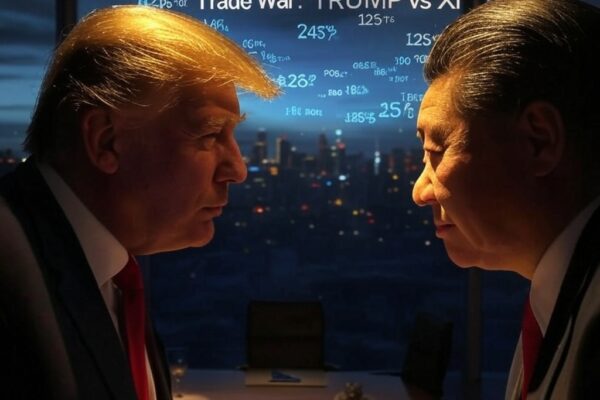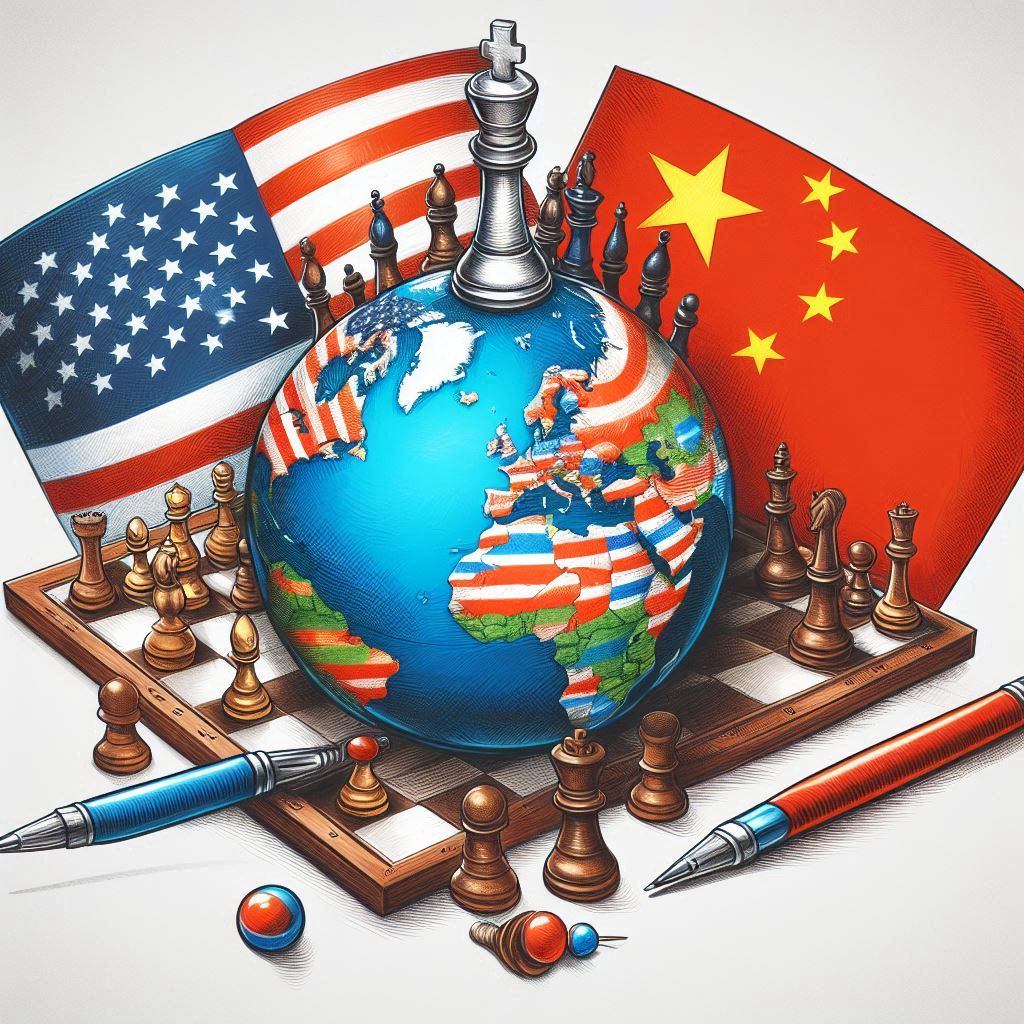
Category: East Asia
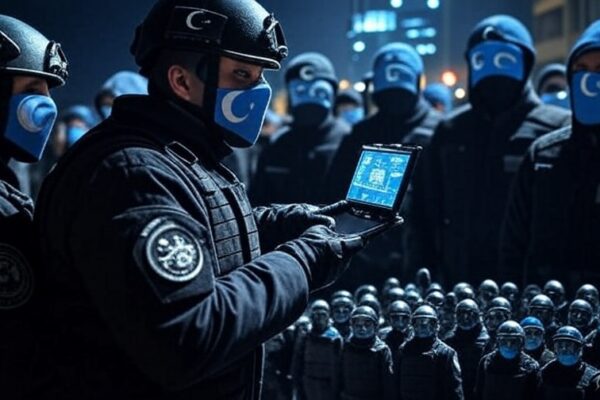
Turkey Dismantles Chinese SPY Network Using Fake Cell Towers
Turkish authorities dismantle a sophisticated Chinese espionage ring using IMSI-catcher devices to spy on Uyghurs and officials. The five-year operation, uncovered in May 2025, involved fake cell towers and shell companies, marking one of Turkey’s most advanced espionage cases.

China Considers Tackling Fentanyl Crisis to Kickstart Trade Talks with U.S.
Discover the latest on China’s potential move to address the fentanyl crisis to kickstart trade talks with the US. Explore smuggling routes, production hubs, and the impact on US-China relations in this investigative news report.
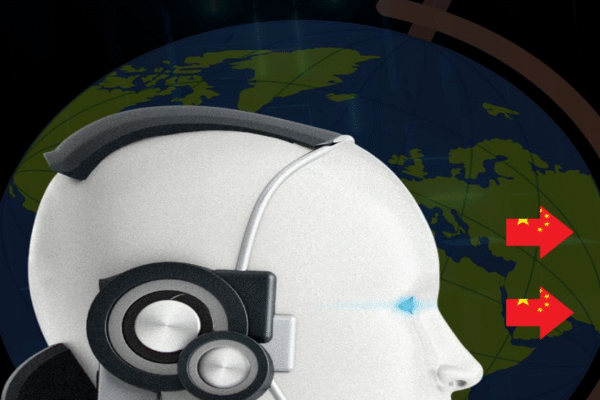
The Chinese Global Brain Turning Back to Home
The Investigative Journalism Reportika report, “The Chinese Global Brain Turning Back to Home,” examines China’s strategic repatriation of STEM talent to drive innovation in AI, semiconductors, and more. Highlighting initiatives like the Thousand Talents Plan and “Made in China 2025,” it details the return of experts from the U.S., Europe, and beyond, their contributions to China’s tech ecosystem, and the geopolitical tensions, including espionage concerns, reshaping global innovation.
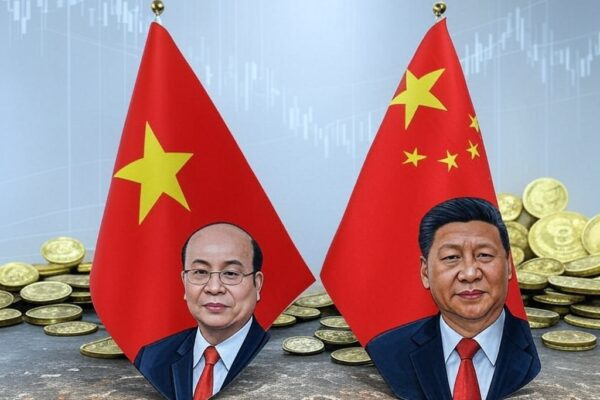
Vietnam Strikes Back: Anti-Dumping Tariffs on Chinese Steel
Vietnam Strikes Back: Anti-Dumping Tariffs on Chinese Steel Signal Regional Pushback Against Beijing’s Economic Aggression

U.S. Sanctions Chinese Officials Over Hong Kong Crackdown and Tibet Restrictions: Trump Signals Human Rights Focus
U.S. Sanctions Chinese Officials Over Hong Kong Crackdown and Tibet Restrictions: Trump Signals Human Rights Focus

Beijing Directs State-Owned Firms to Pause New Collaborations with Li Ka-shing-Linked Businesses
Beijing has ordered state-owned firms to halt new collaborations with Li Ka-shing’s businesses after his Panama ports sale to a BlackRock-led group, signaling geopolitical tensions. Explore the impact on CK Hutchison, CK Asset, and the Li family’s global investments.
Media Watch: online users target Taiwan with rumors about its military
On March 13, Taiwanese President Lai Ching-te called for a tougher response to Beijing, describing China as a “foreign hostile force” intent on “absorbing” the democratic island – the toughest rhetoric yet toward Beijing from a Taiwanese leader. In response, Chinese officials called Lai a “destroyer of cross-Straits peace” and a “creator of the crisis in the Taiwan Straits.” The heated exchange continued online, with some Chinese-speaking social media users spreading rumors about Taiwan’s military. Below is what AFCL found. Conscription orders, military court A former journalist at China’s state-run CCTV, Rui Chenggang, claimed to have received conscription orders from Taiwan’s government in a X , Instagram and X. We are : Investigative Journalism Reportika Investigative Reports Daily Reports Interviews Surveys Reportika
North Korean officials in China seen pretending to be South Korean
Recently, when entering restaurants or leaving official events, North Korean trading officials dispatched to China have been seen taking off lapel pins featuring the smiling faces of national founder Kim Il Sung and his son Kim Jong Il and pretending to be South Korean, two sources in China told Radio Free Asia. All North Korean officials overseas are required to wear the “Kim Bu-ja” — or “father-son” — pins to show their allegiance to the men known respectively as “Great Leader” and “Dear Leader.” The Kim dynasty is now in its third generation. Kim Il Sung, who ruled from 1948 until his death in 1994, was succeeded by Kim Jong-il, who ruled until 2011, after which his son Kim Jong Un took over as supreme ruler. “Last week, I visited a famous restaurant in Shenyang with an executive from a North Korean trading company I knew through business,” a source from the Chinese city told RFA Korean, requesting anonymity for personal safety. “When he arrived at the restaurant, he took off his Kim Bu-ja badge, put it in his pocket, and asked me not to say that he was North Korean,” he said. “Furthermore, he not only hid Kim Bu-ja’s badge, but also asked me to introduce him as a South Korean,” he continued. Easy to tell Another source in Yanji city, in China’s Jilin province, said he had witnessed the same behavior. “Recently, it’s hard to see North Korean officials wearing portrait badges,” he said. “North Korean officials take off their Kim Bu-ja badges and pretend to be South Koreans when they leave official events.” It wasn’t clear why the North Korean officials wanted to hide their identity, the first source said. He speculated that it was because South Koreans in China are treated as wealthy. “We don’t know the exact reason why these officials are taking off their Kim Bu-ja badges, but they might be embarrassed to be officials from North Korea, one of the poorest countries in the world,” he said. Despite their efforts, the second source said that it was easy to tell that the men were from North Korea as soon as they started talking given their accent and manner of speech. “North Korean officials can dress like South Koreans in terms of clothing and hairstyles, but if you talk to them, it’s immediately obvious” that their from the North. Many Chinese can also easily tell the difference, he said. “Some North Korean officials who have been in China for a long time are actually lamenting their situation,” with the North Korean economy on the brink of collapse, to their acquaintances in China, he said. “It’s understandable how North Korean officials feel about not being able to reveal that they’re North Koreans overseas,” he said. Edited by Malcolm Foster. We are : Investigative Journalism Reportika Investigative Reports Daily Reports Interviews Surveys Reportika


